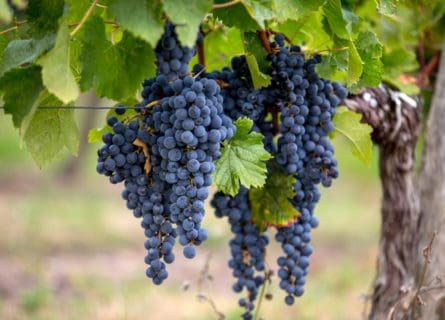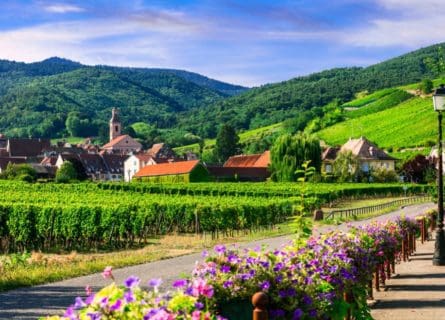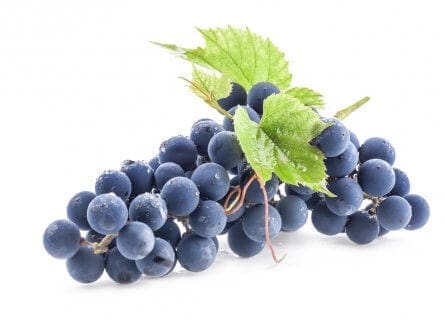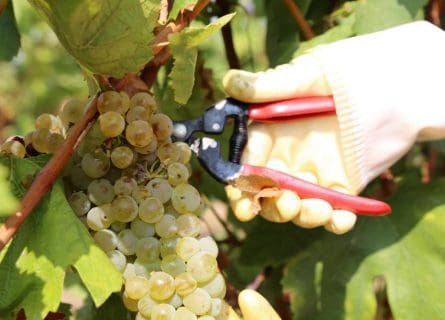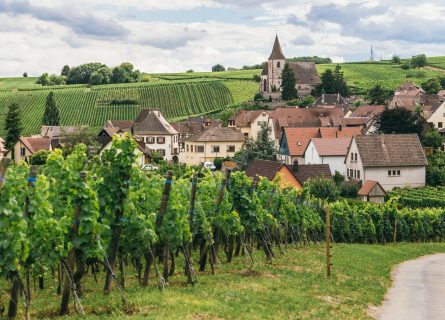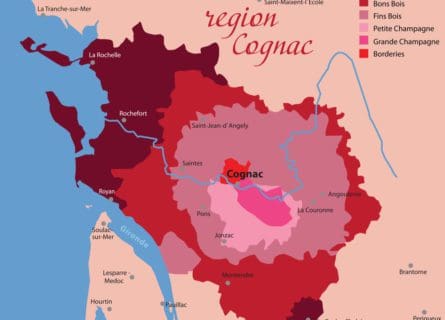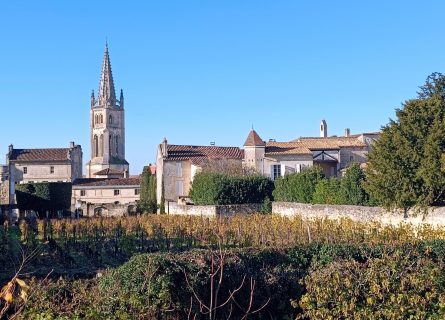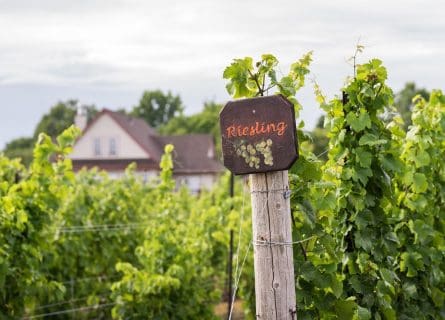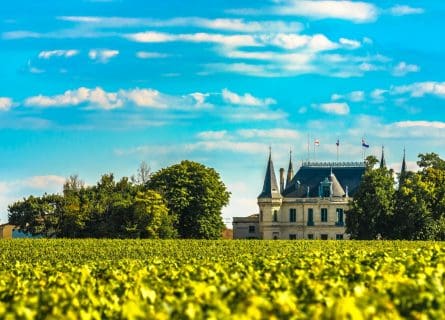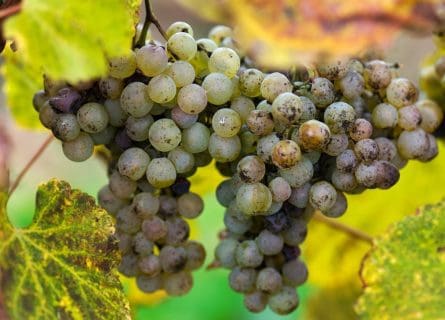
Gigondas Travel Guide
Discover Gigondas: A Quintessential Provencal Village Where Ancient History and Fine Wine Unite
Gigondas is little more than a sparsely populated hamlet. Yet, it commands great affection from both locals and visiting oenophiles as one of the southern Rhone’s most important wine-producing villages. Spectacularly located against the cliffs, Gigondas has played a vital role in the region’s viticultural history for decades and is today a quintessential Provencal wine village, complete with a healthy amount of ancient ruins and reminders of the area’s Gallo-Roman history.
Like most towns and villages in the southern Rhone Valley, Gigondas’ history is closely linked to that of the Romans, who invaded Gaul (France) at the behest of Julius Caesar in 58 BC. Gigondas’ first mention is as a Roman settlement called Jocunditas, which means great pleasure or enjoyment in Latin. Once inhabited by nomadic Celtic tribes, the Romans quickly established a foothold in Provence and planted the region’s first vines, primarily to serve the needs of their vast armies.
After the fall of the Western Roman Empire, Gigondas eventually came under the Catholic Church’s control, which established a significant presence in France. In 1309, Pope Clement V moved to Avignon and found a Holy See in Provence. Like neighboring Chateauneuf du Pape, Gigondas benefited from the Church’s keen interest in vine cultivation. By the 14th century, significant amounts of land in this part of the Rhone were given over to vines. For this, history should thank Pope John XXII, who showed an active interest in promoting the region and did much to improve viticultural practices and increase the number of vines planted in Chateauneuf du Pape and the surrounding environs.
Subsequently, Gigondas was ruled as part of the Principality of Orange, a feudal state in Provence established by the Holy Roman Emperor Frederick I. In the 16th century, the Principality of Orange came under the control of the Dutch King William I, who inherited the title of Prince of Orange from his cousin in 1544. The Dutch Royal Family enjoyed sovereignty over the territories of Orange for several centuries, finally ceding control to the French King Louis XIV in 1682.
-
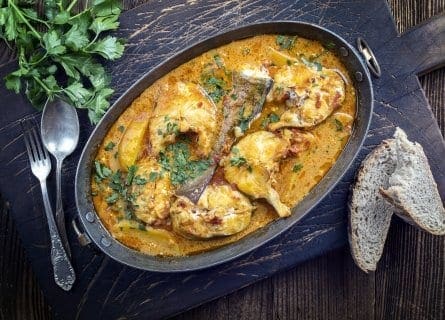
Bouillabaisse Stew Gastronomy & Wine
Provencal cuisine remains firmly rooted in the dual considerations of seasonality and provenance, ensuring that whatever you order will be fresh, local, and usually of excellent quality. And no dish is more evocative of Provence than bouillabaisse, a chowder made with at least three kinds of fresh saltwater fish cooked in a broth containing onions, tomatoes, saffron, and various herbs. But this is just the tip of the iceberg – among the essential ingredients of Provencal cooking are eggplants, courgettes, garlic, asparagus, Carmargue lamb, and other gastronomic delicacies.
Despite its small size, Gigondas boasts a surprising number of excellent restaurants to suit all occasions and budgets. The top of our list is L’Oustalet on Place Gabrielle Andeol. Gastronomic with a capital G, this restaurant is one of Gigondas’ best addresses; it serves mouthwatering local dishes in a relaxed, friendly setting. Carre Gourmand on Rue du Corps de Garde is another excellent choice, not least because of its gorgeous alfresco terrace and keenly priced set lunch menu. Also, several wine shops are dotted around Gigondas, some of which also serve nibbles such as bread, cheeses, and charcuterie, with a glass of something local.
Speaking of wine, you’re in luck, as Gigondas is some of the best red produced in the southern Rhone Valley. Grenache is the region’s backbone, although Syrah and Mourvedre also play an essential role in adding structure, freshness, and vigor to the blend. Gigondas reds (there is no white) are typically robust, concentrated wines requiring five or six years of aging to show their hand. Situated beneath the Dentelles de Montmirail, Gigondas’top vineyards produce wines to rival Chateauneuf du Pape’s best. However, prices are generally very reasonable considering the quality on offer.
Nearby Wine Regions
-
 Explore the enchanting Provence wine region and discover the symphony of sights, aromas, and timeless wines it offers. Read more
Explore the enchanting Provence wine region and discover the symphony of sights, aromas, and timeless wines it offers. Read more -
 Tour Rhône Valley for prestigious wines & culinary delights, from Côte Rôtie's charm to Hermitage's grandeur. Plan your trip! Read more
Tour Rhône Valley for prestigious wines & culinary delights, from Côte Rôtie's charm to Hermitage's grandeur. Plan your trip! Read more
Highlights
-
Winery visits
Gigondas’ few residents all share one passion and indeed vocation: the production of superb red wine from these superior vineyards in the southern Rhone Valley. A top choice for a winery visit would be the Caveau de Gigondas, a cooperative of smaller producers that offers free tastings. Other notable properties include Domaine Santa Duc, Chateau St-Cosme, and Domaine de Cayron. All welcome visitors.
Recommended for you
More information
If you would like us to customize an exclusive luxury tour, contact us and let us know your travel plans. We offer luxury food and wine tours for private groups of a minimum two guests. In addition, all of our private, chauffeured tours are available year-round upon request.


